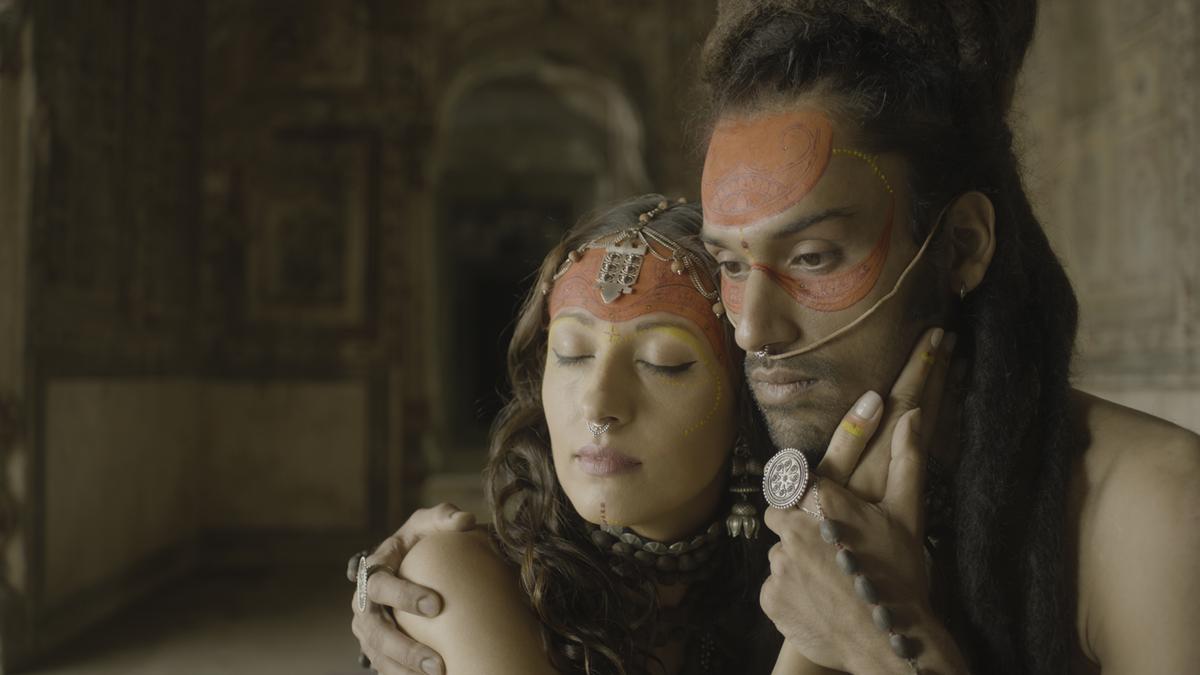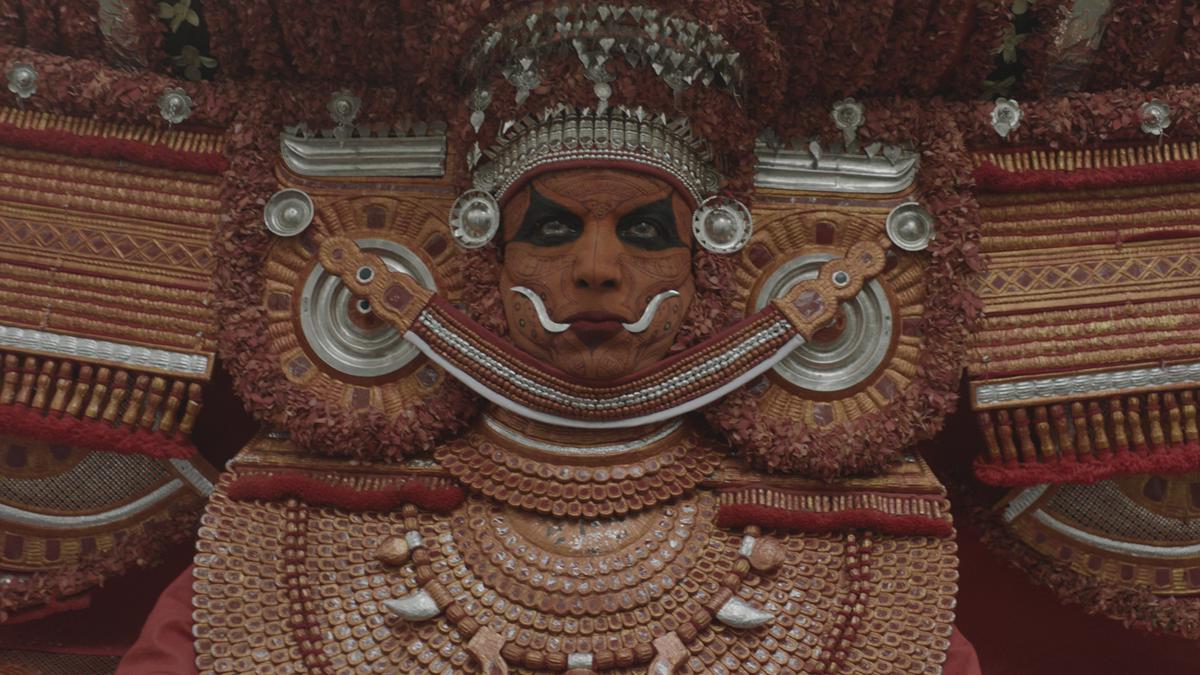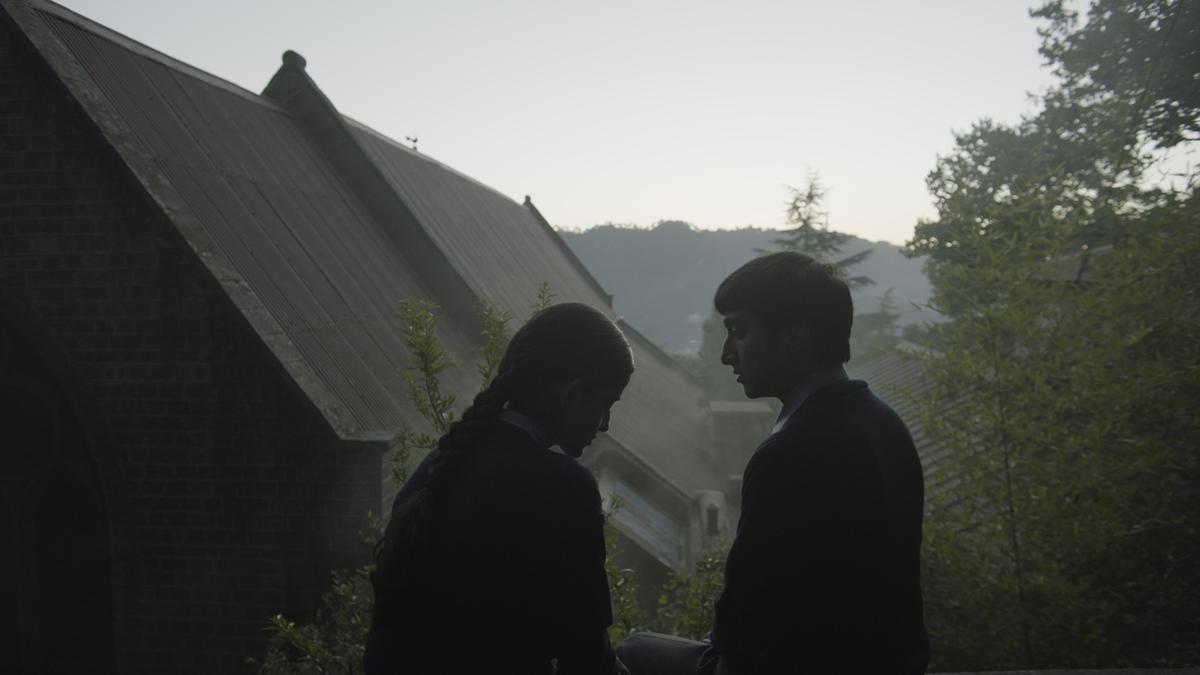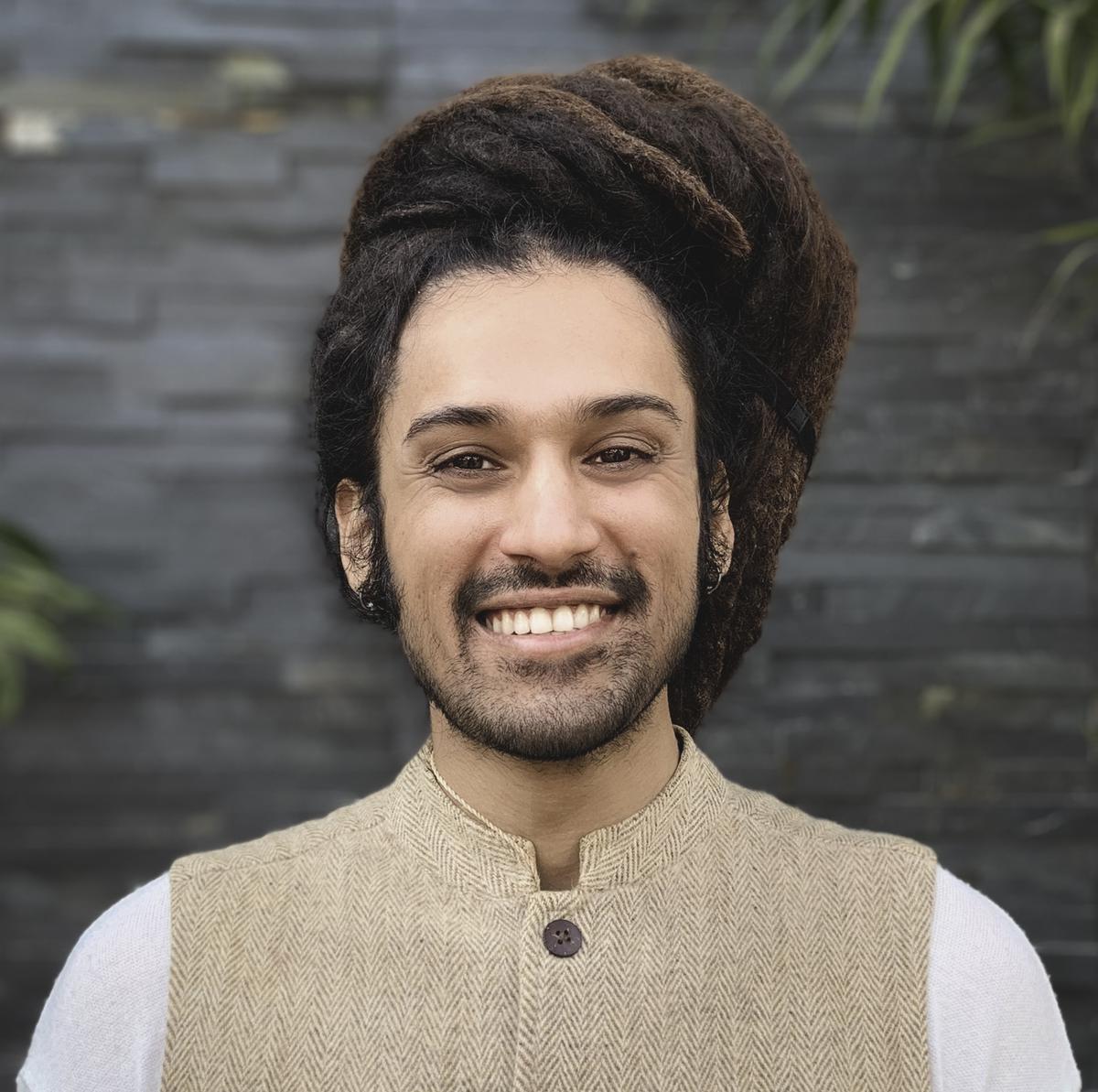Rahat Mahajan’s Meghdhoot is a wonderful fusion of fantasy, myth and magical realism in a festive, contemporary setting
Rahat Mahajan MeghdhootRounding out the festival is a wonderful fusion of fantasy, myth and magical realism in a contemporary setting
In the closed environment of a boarding school in the Himalayan foothills, a timeless drama of love ensues, creating visual poetry on screen. The past seamlessly encapsulates the present in filmmaker Rahat Mahajan’s first feature film Clouds. Performing arts such as Koodiyattam, Kathakali and Theyyam, the classical and ritualistic storytelling arts of Kerala, are skillfully woven into the cinematic narrative to bring to life the immortal story of Jayavardhan and Tharini.
Inspired by Kalidasa’s fifth century epic Sanskrit poem cloudRahat has created a film that bridges eras, places and cultures in a tale of eternal love, rebirth and redemption. An ancient myth that begins when a Yaksha and a Yakshi fall in love is realized in the present through a romance between two students at a boarding school.
still from movie MeghdhootDirected by Rahat Mahajan. , photo credit: special arrangement
Rahat says: “I have taken the ground of being the messenger between the two men of the cloud cloud And a story was built around it. In the epic poem, the Yakshas are banished to Arunachala, which appears to be to the south, while their home appears to be somewhere in the Alka Himalayas. ,
Although cloud Ignoring why the Yaksha was exiled, Rahat uses his creative license to bring up a story of lust and longing that results in Jayavardhan’s exile.

Film director Rahat Mahajan as Jayavardhan in a still Meghdhoot, , photo credit: special arrangement
The story of Yaksha and Yakshi is transferred to the present through the romance between students Jayavardhan and Tharini in the pre-mobile phone era. Although Rahat began writing the story in 2010, he took time to start shooting as he was clear that he wanted his work to showcase Indian aesthetics to a global audience.
Initially, the idea of Rahat was to enlist the help of a traditional artist. Facilitator: Introduction of the story and the various segments to the audience. However, his meeting with veteran Kudiyattam exponent Kapila Venu forced him to rewrite the story of the film.

Theyyam artist Kundalarambath Lakshmanan essays the story of Tharini from another era in Rahat Mahajan’s Meghadhoot. photo credit: special arrangement
Rahat believes that Naseeb brought Kapila into the project. He had not even heard of the ancient theater art form of Koodiyattam, until a relative of his mentioned Kapila’s name. Kapila has since been credited as the director of traditional theater forms, helping him find the right forms, cast and music to breathe life into his characters from a mysterious past. Dashanan (Raavanan) and Hanuman are played on screen by Kathakali veteran Pisappilli Rajeevan and Sadanam Bhasi. Kundalarambatha Lakshmanan is a Theyyam artist who appears as the ancient Tharini. Kapila’s eloquent gestures, expressions and eyes tell the story in a kudiyattam form.
Kapila says that as soon as he read the script, he knew that the thorn in the romance between Jayavardhan and Tharini, was to be Rajeevan to implement Dashanan (Raavanan). She translated songs into Malayalam and Sanskrit and set to music.

Rithvik Tyagi as Jayavardhan and Ahalya Shetty as Tharani in Rahat Mahajan’s film Clouds.
, photo credit: special arrangement
There were auditions to play today’s characters. The auditions for the casting brought in new faces who wanted relief. When he felt that the actor cast in the role of the legendary Jayavardhan didn’t sound organic, he stepped in as the ancient version of the character himself, dreadlocks and all. Living up to the splendid performance of practitioners of traditional art forms is Rithvik Tyagi, who treats it as the confused teenage present Jayavardhan, who feels a strange vibe upon seeing the Tharini created by Ahalya Shetty. However, visibly upset and depressed, Tharani sees Dashanan at the most unexpected places, as Dashanan continues to pursue Tharani.
Rarely has a modern film come to tell a contemporary story with such a subtle blending of Indian art forms and aesthetics. Rahat says, “The idea was to systematically create a contemporary Indian mythology, merging the oldest forms of storytelling with the newest, which is cinema, and to find a new form of storytelling that is much more Indian. yet universal.”
In 2016, Rahat had come down from the US to shoot for the Kumbh Mela in Ujjain. “That’s when my dreadlocks helped. I tied it up and dressed like the other sages to take a dip in Shipra. It helped me take some of the best shots of the fair. I devoted 12 years to this one film.” done,” he says.

Rahat Mahajan | photo credit: special arrangement
Going beyond the superficial merging of different storytelling mediums, Rahat has also attempted to bring together the rasa (feeling) related to the Natyashastra. “I have also bowed down to Kalidas ji” Seasons By creating a story that covers all seasons. ,
Premiered at the International Film Festival of Rotterdam’s Tiger Competition section in January 2022, it has since been traveling the festival circuit and screened at the London Film Festival. Meghdhoot The film will be screened in the Asian Feature Film Competition section of the 33rd Singapore International Film Festival from November 24 to December 4.
Meanwhile, Rahat is planning his next film “More than a biopic on scientist Jagdish Chandra Bose”. Shooting is being planned in Kolkata, India and UK. “I hope I make it soon and don’t wait for 12 years to make a film. It’s also about science and nature, science and spirituality, all relevant subjects.”